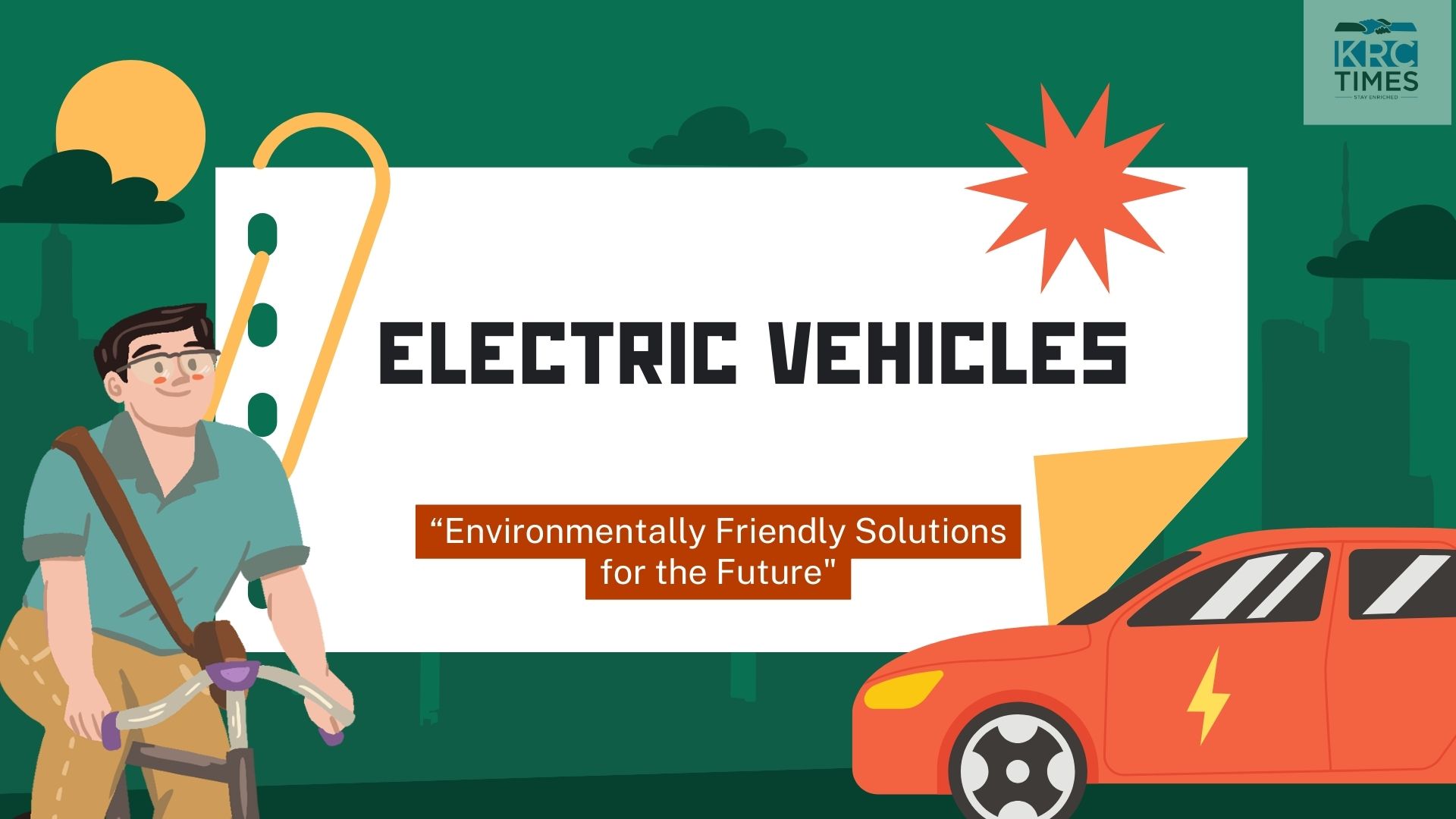Electric two-wheelers, with their zero tailpipe emissions, are providing an efficient and sustainable transport option for urban mobility
 KRC TIMES Desk
KRC TIMES Desk

Tushar Chaudhary
Electric two-wheelers, with their zero tailpipe emissions, are providing an efficient and sustainable transport option for urban mobility
In the 1980s, the introduction of Maruti 800 changed the landscape of the automobile industry in India for decades to come. Cut to 2024 and we are heading towards a similar revolution in the years to come – but with a little twist.
Countries worldwide are addressing climate change by striving to reduce their carbon footprints. The adoption of electric vehicles (EVs), particularly electric two-wheelers (E2Ws), has emerged as a significant step in this effort. Understanding the environmental impact of E2Ws compared to conventional counterparts is crucial. There is compelling evidence supporting their widespread adoption as part of the transition towards sustainable transportation systems.
Traditional internal combustion engine (ICE) motorcycles and scooters contribute to air and noise pollution. E2Ws have zero tailpipe emissions and thus, help in mitigating pollution levels significantly. In urban settings, they help in alleviating noise levels as well. Another advantage is that their powertrain is more efficient when compared to ICE vehicles. Since the conversion of electrical energy into mechanical energy is more effective, E2Ws have minimal energy wastage and a diminished carbon footprint. E2Ws also operate quietly and without vibrations or petrol fumes. There is ongoing innovation to close the performance gap between electric and their conventional fuel-powered counterparts.
While ICE engines require warm-up for optimal performance in cold weather, E2Ws operate at full capacity instantly. This makes the ride hassle free in any condition. Their advanced features like Android-based instrument clusters and mobile app connectivity further enhance the overall experience. In contrast with conventional ICE vehicles, there is a notable difference in the energy efficiency of E2Ws.
The electric motors are great at converting a larger portion of electrical energy from the grid into power at the wheels. This makes them highly effective in utilising energy. The heightened efficiency indicates that they require less energy to travel the same distance, thereby reducing their environmental footprint even more. The production and upkeep of electric two-wheelers requires fewer resources and less energy. Their minimal maintenance requirements lead to decreased energy usage and a smaller environmental footprint.
E2Ws are a promising solution for reducing carbon footprints and advancing towards a more sustainable transportation paradigm. There is a need to address certain challenges such as those around infrastructure and accelerating the transition to renewable energy sources. This will help realise the full potential of E2Ws in mitigating environmental impact. With concerted action from policymakers, industry stakeholders and consumers, E2Ws are set to play a significant role in shaping a greener, more sustainable future for transportation.
Promotional | Subscribe KRC TIMES e-copy




